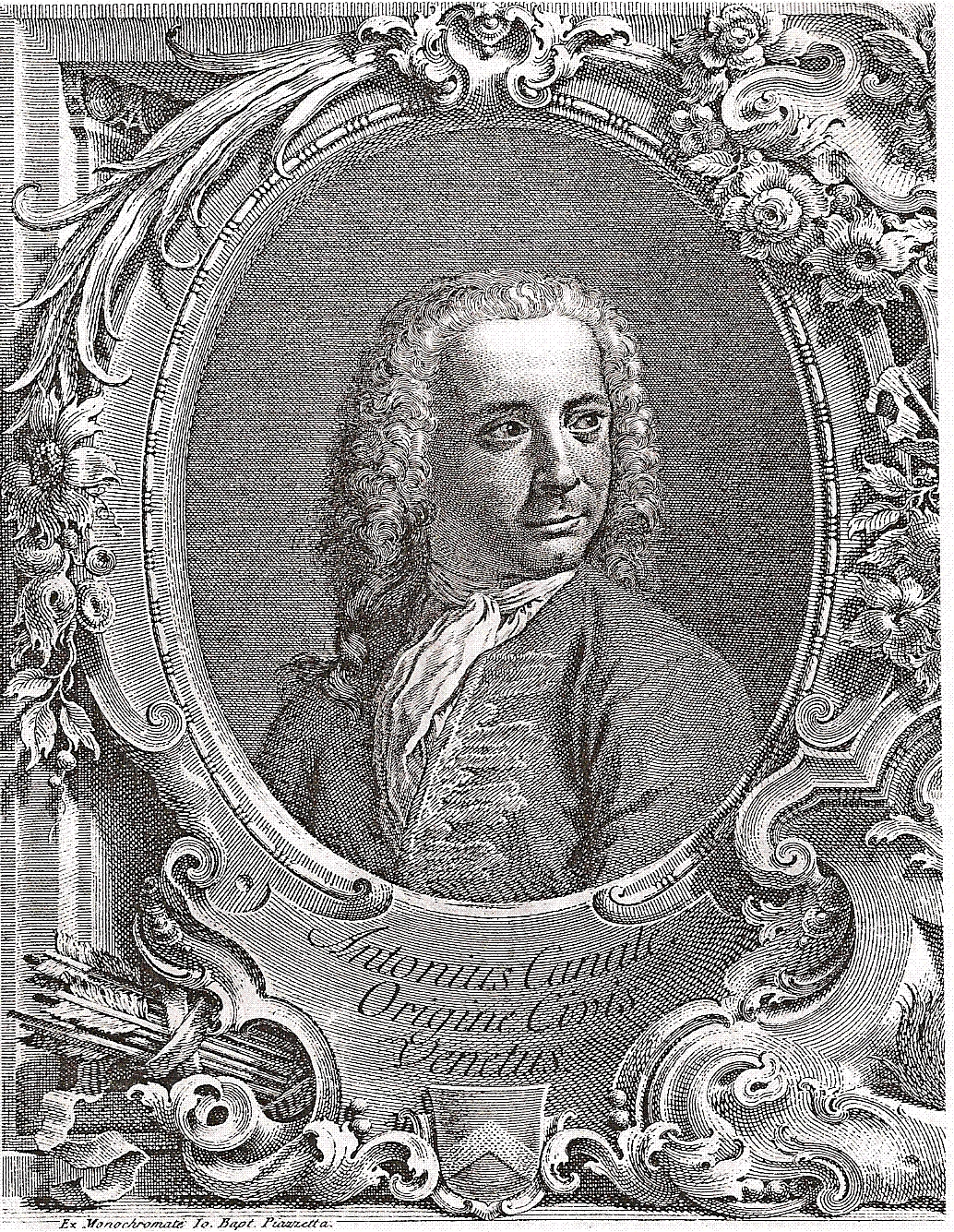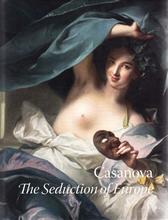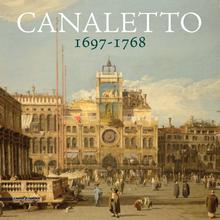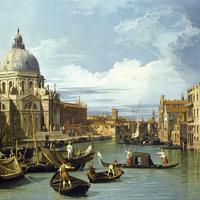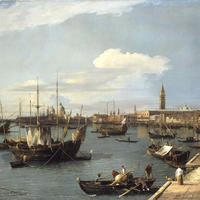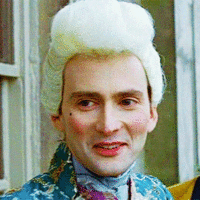More about Canaletto
- All
- Info
- Shop
Works by Canaletto

Sr. Contributor
Giovanni Antonio Canaletto was an artistic sellout with a canine calling card.
Canaletto was born into an artistically inclined, nearly noble Venetian family. Nearly noble means that if there was a revolution, he could claim to be on either side and probably make it out alive, but he couldn't get any of those sweet residuals from land ownership. The family's birth name is Canal, but Canaletto's father was an artist as well, and Giovanni felt the need to make sure no one confused one Canal for the other. Canal the elder was a theatrical scene painter. He also made what's called view paintings, which are mass produced pictures of Venice (or any major city) for tourists. Canaletto learned both trades from his father, but really took to view painting. So, young and dumb, he chose the life of a sell-out early on.
View paintings were a cash cow. Canaletto had a British friend who used 18th century viral marketing to convince his countryfolk on their Venetian vacations to buy a Canaletto to bring back home. Eventually, you hadn't returned to England from Venice without bringing back a cheap Canaletto. He entered the business at just the right time, too, because he was the only game in town for view paintings. The worst thing for the English (and any other tourist looking for an old-timey postcard of Venice) was that Canaletto knew he'd cornered the market. If a patron seemed overly excited about a commission, Canaletto's price would skyrocket. If they complained, he'd half-ass the effort.
The Venetian art scene wasn't happy with Canaletto's business, either. He was rejected from the Academy until the end of his life and none of his recorded patrons were locals. It didn't help that brother-man was kind of a diva. He'd repeatedly miss deadlines because he couldn't get his favorite pigments or he hadn't had the time to go paint a subject in person. While he eventually adopted the common practice of painting scenes from sketches or using a camera obscura, he usually took the extra effort to go look at the thing he was painting.
Everything went to hell when war broke out in Austria. No one wanted to visit Venice, and his tourism beat was broke. He took his show on the road and moved to London for several years, bringing the English his Venetian take on the Isles from their home turf. His return to Venice was warm-ish, but he was still "that sellout" to mostly the whole Veneto. Shortly before his London exile, he turned to designing etchings for quick money. For seemingly no reason other than to offer an Easter egg, he put dogs going about their daily business in the corner of almost every one of these etchings. Dogs walking along the canal. Dogs playing in mud. Dogs everywhere.
Featured Content
Here is what Wikipedia says about Canaletto
Giovanni Antonio Canal (18 October 1697 – 19 April 1768), commonly known as Canaletto (
Italian: [kanaˈletto]), was an Italian painter from the Republic of Venice, considered an important member of the 18th-century Venetian school.
Painter of cityscapes or vedute, of Venice, Rome, and London, he also painted imaginary views (referred to as capricci), although the demarcation in his works between the real and the imaginary is never quite clearcut. He was further an important printmaker using the etching technique. In the period from 1746 to 1756, he worked in England, where he painted many views of London and other sites, including Warwick Castle and Alnwick Castle. He was highly successful in England, thanks to the British merchant and connoisseur Joseph "Consul" Smith, whose large collection of Canaletto's works was sold to King George III in 1762.
Check out the full Wikipedia article about Canaletto

